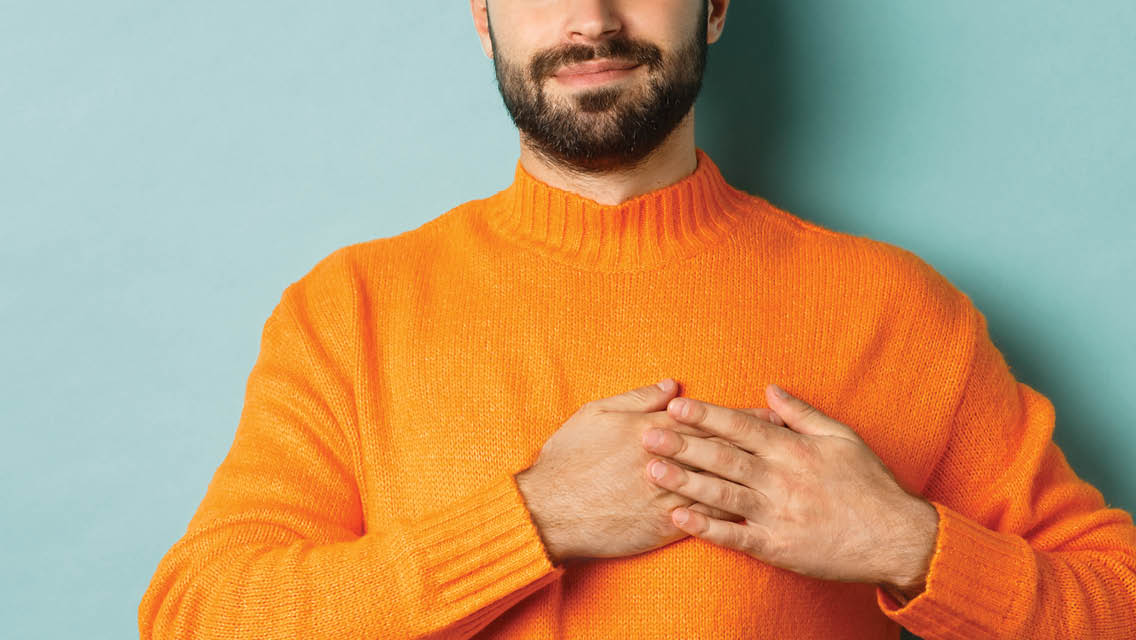|
Listen to this article:
|
Given the prevalence of broken hearts in poetry and song and the absence of them in x-rays, one might expect the connection between the heart and relationships to be strictly metaphorical. Yet volumes of research gathered by the HeartMath Institute suggest this little muscle plays a surprisingly big part in our communications.
According to HeartMath researchers, the heart has an “intelligent role” in physical, mental, and emotional processes. The vagus nerve, for example, carries signals between the heart, brain, and digestive system. Our heart rate is controlled by the autonomic nervous system, as that racing heart before or after a stressful event can attest. And heart rate variability (HRV) is now an important biomarker measuring how well our bodies are processing stress.
Meanwhile, researchers note that our hearts also communicate with systems outside our bodies, specifically the nervous systems of other people and animals. “Our heartbeat generates an electromagnetic field that can be detected up to three feet away from our bodies on all sides,” explains trauma therapist Jane McCampbell Stuart, MA, LMFT, CPCC, RMFT.
Most of us have walked into a room where someone was upset, or people had been fighting, and known immediately something was wrong. It’s not hard to detect. According to HeartMath proponents, that’s because when we’re upset, our heart rhythms reflect it — they race and become erratic. In turn, we effectively broadcast that stress through the heart’s electromagnetic field.
Conversely, when we’re relaxed and centered, our heart rhythms communicate this sense of ease and safety, inviting others to feel comfortable in our presence and, potentially, to sync up with our energy.
Get in Sync
Heart coherence is a state in which all our systems — physical, mental, and emotional — are working in harmony. It allows us to feel peaceful, spacious, and calm. And research has shown that when we broadcast this energy to others, it affects their coherence too.
Surprising no one, the effect of our coherence on others is amplified when we give them our undivided attention. One HeartMath study discovered that an infant’s heartbeat was detectable in her mother’s brain waves — and it was strongest when her mother was totally focused on her.
A second study used an electrocardiogram to measure the heart coherence between a teenager and his dog. When the boy entered the room where his dog was waiting and consciously focused on his feelings of love for her, his heart rhythms became more consistent. In turn, so did the dog’s. When the boy left the room, the dog’s heart rhythms became erratic — she missed her beloved human.
HeartMath Institute offers a range of free educational materials teaching heart coherence; the techniques are simple and require no special technology. Mostly, they involve turning toward one’s own heart and settling down. This puts us in a place where we can connect more deeply with others — with or without words.
Two Techniques to Try
1) The Quick Coherence technique from the HeartMath Institute is designed to help you improve your coherence in about one minute. The objective is to clear your head, check your emotions, and open your heart. Use it before any conversation or event when you feel your stress ratcheting up.
- Focus your attention on your heart.
- Imagine your breath is moving in and out of this area of your chest, and breathe a little more slowly and deeply than you normally do. Find a comfortable rhythm.
- Summon a feeling of gratitude, appreciation, or care for someone or something in your life while you continue this heart-focused breathing.
2) The Heart Lock-In technique is often used in research studies to create attunement and connection between individuals and groups.
- To practice this, follow the steps above, and then consciously radiate positive feelings toward yourself and others.
Natural Healing
Energy medicine has a long history across many cultures. Today, we also have research to confirm the value of these subtle modalities for health and well-being. Explore other articles in our Natural Healing department to learn how you can embrace these modalities in your own life.





This Post Has 0 Comments